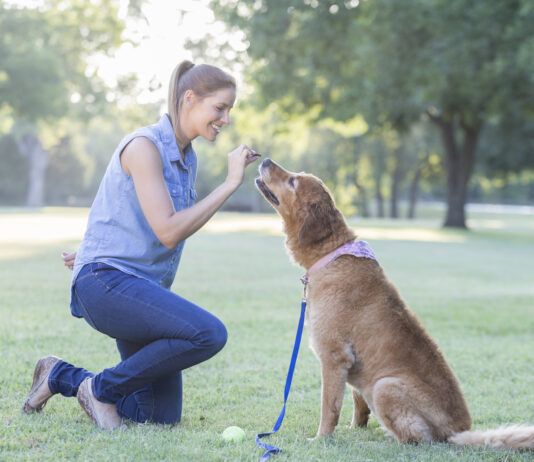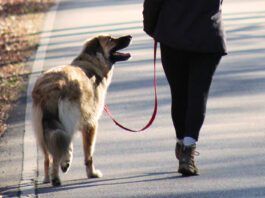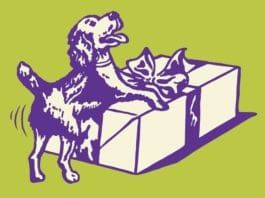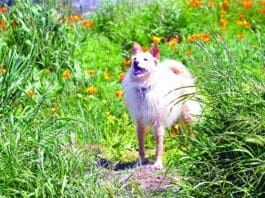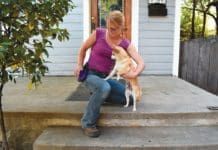The Emotional Lives of Dogs
Traditionally, dog trainers have spent little or no energy considering a dog's emotions when training or changing behavior; indeed, trainers or owners who did talk about emotions were often ridiculed and accused of anthropomorphizing. But when emotions are driving behavior, a dog cannot simply choose to stop doing the behavior without ramifications. The reality is that animals (including people) are quite often not rational actors. If that sounds counterintuitive to you and you believe that behavior is largely chosen rather than the result of emotional experiences, perhaps a few examples will help you understand.
Dog Harness vs Collar: Which is Better?
Dog harnesses vs collars - which is safer? There are many types of collars and harnesses on the market, and some serve specific purposes.
5 Essential Dog Training Supplies
You don't need to spend a lot of money on dog training supplies to be prepared to train your dog effectively. For most dogs, a well-fitted harness, comfortable flat-buckle collar, sturdy leash, and some tasty treats are all you will need to teach your dog to love training time! When dogs love their training, they learn behaviors quickly, and the best training never over-complicates things. Save your cash and time on fancy high-tech dog training gear and stick with Whole Dog Journal's 5 positive dog training gear essentials!
Teach Your Dog to Choose Things
Our dogs have very little opportunity for choice in their lives in today's world. We tell them when to eat, when to play, when...
Install an Off-Switch on Playtime
you are in for a lot more of the same."
Train Your Dog to Accept Hugs
The process of teaching a dog to tolerate hugging involves either classical conditioning (giving a puppy a positive association with something she doesn't already have an opinion of), or classical counter-conditioning (giving a dog a new association with something she already has a negative opinion of). Either way, the process is similar, but it may go slower if you are working to change an existing opinion rather than simply installing one where none previously exists.
Teach Your Dog to Make Eye Contact
If your dog doesn't already know the value of eye contact with humans, you can easily teach her. This is an operant conditioning/positive reinforcement exercise your dog learns her behavior can make good stuff happen. When your dog has come to realize the value of eye contact, she will sometimes offer the behavior without being cued. Be sure to reinforce offered eye contact as well as cued eye contact. To help her be comfortable with eye contact from other humans, ask your friends to play the Watch" game with her as well."
A Bond-Based Approach to Dog Training
There is a lot of food for thought in this book. There is much that I find intriguing and would like to pursue, and also much that I disagree with. Arnold criticizes modern trainers for their focus on operant conditioning without acknowledging the great interest force-free trainers have already demonstrated in regard to the concepts of empowerment, choice, and cognition in their training programs. She insists that dogs really are eager to please" their humans an idea I have long argued against. She hasn't convinced me on that topic
Modifying Your Dog’s Behavior
Have you ever had the experience of getting incredibly stuck" with your dog
Lifting Your Dog
1.Place both hands briefly, gently, on either side of your dog's spine, and then feed him a treat.2.Gradually move your hand down and under your dog's ribcage on the far side, touching and feeding him a treat several times at each step.3.Gradually move your other hand around the front of your dog's chest to his opposite shoulder, touching and feeding him several times at each step.4.Put light pressure on your dog with both hands, gradually hugging him toward you, and then feed him a treat.5.Gradually increase pressure, feeding him treats several times at each step.6.Hug your dog against your chest, lifting upward slightly; release and treat.7.Gradually increase the amount of lift pressure until you are picking him up, giving him a treat several times at each step.
Train to “Find It!” to Replace Bad Behaviors
the next step is to give the cue
Striving to Stay Positive (in Dog Training)
Did you know there are still Nazis" fighting a war? Supposedly


